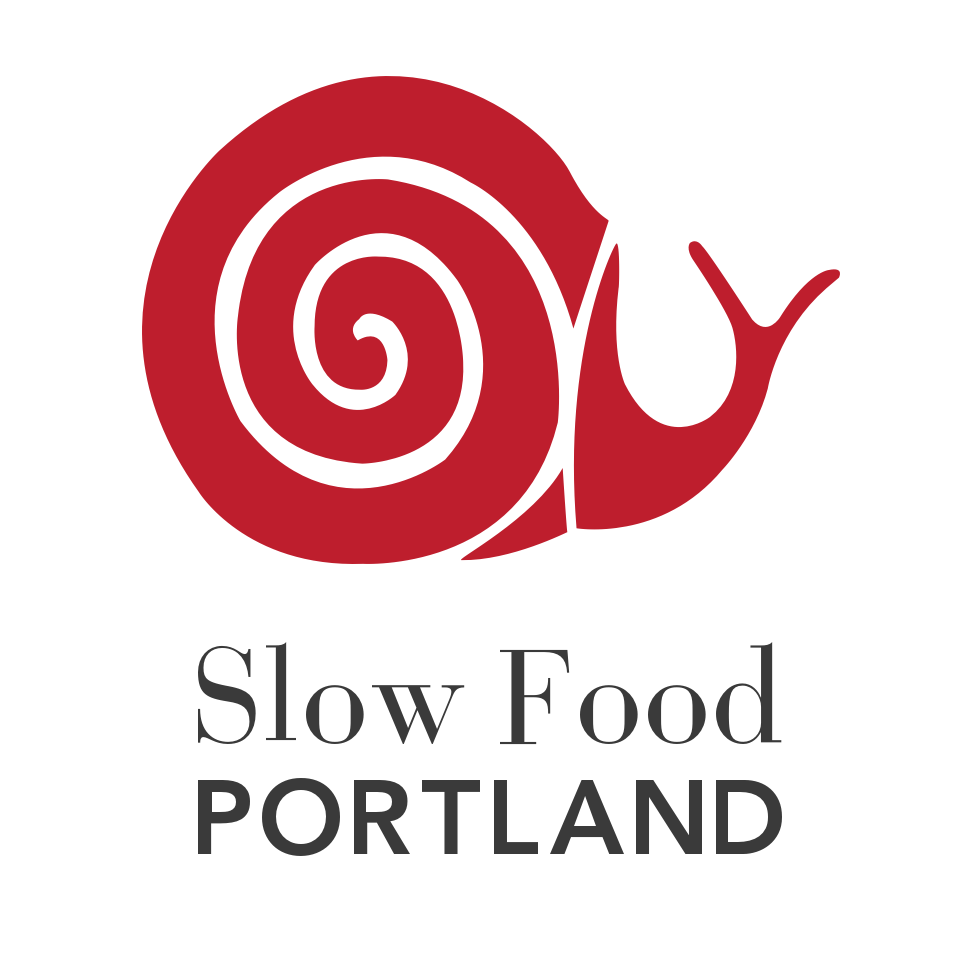Food Justice: The Food Packaging Problem
By Sruthi Eapen, Research and Advocacy Intern at Slow Food Portland
“This is not only an environmental issue, but also a social justice issue.”
What is something many people do after bringing food home from the grocery store or a restaurant? If you guessed “take the food out of a plastic bag or container,” you are right. Chances are, before eating at least one of your food items today, you had to first remove some sort of plastic packaging. Unfortunately, a significant amount of this plastic ends up in a landfill or the ocean and will take hundreds of years to decompose. Packaging used within our food system contributes to plastic pollution, which is harmful to ecosystems worldwide.
This is not only an environmental issue, but also a social justice issue. Various environmental justice studies have shown that pollutants are often disproportionately prevalent in minority and low-income communities (Gochfeld & Burger, 2011). For example, low-income and minority communities are disproportionately exposed to environmental toxins such as lead in house paint and pipes (Gochfeld & Burger, 2011). Regarding plastic pollution in water systems, indigenous populations that use traditional fishing methods for wild fish are disproportionately impacted (Dharssi, 2018). Labs such as the Civic Lab for Environmental Action Research, are working to study amounts of plastic found in wild fish (Dharssi, 2018). This lab also has a blog, which includes interesting articles on equitable research methods. Research on plastic found in natural environments will hopefully inform policy on how these environmental justice issues can be addressed.
The Slow Food movement strives to promote fair and sustainable food systems. Plastic packaging for food is not sustainable or equitable. The concept of food packaging is more complex than one might initially think. While current food packaging often incorporates plastics that are not sustainable, this packaging can increase the shelf life of foods, preventing food waste due to spoilage (Sand, 2016). Food waste is an important issue to combat, but so is the plastic pollution problem. Innovation is required to engineer methods of packaging food while also preventing food waste.
An innovative approach is based on a circular economy concept, where resources are sustainably recycled into the system. Multiple companies and organizations attempting to solve this problem were recently highlighted in a National Geographic article. One of these companies is MIWA, which is a company that will ship food in reusable containers, collect them once the user is finished, and sanitize them for future use (Royte, 2019). Other researchers are finding ways to create biodegradable packaging, such as the technology used in WikiCells, which is used to create edible wrappings and containers (Royte, 2019).
While this technology is in the works, it has not yet been widely adopted. Sustainable packaging is a current necessary area of research and innovation.
The need for these sustainable technologies in our food systems has never been greater than now. The COVID-19 pandemic has exponentially increased the demand and possibility for food delivery directly to people in their homes. Similarly, the market for meal-kit home delivery services is increasing (Royte, 2019).
Additionally, our increasing nutritional knowledge is creating a new paradigm for the requirements of packaging. As Packing Technology and Research Professor, Dr. Claire Koelsch Sand, writes, “nutritional trends that include more unsaturated fats, no preservatives, and clean labeling are expanding the need for more complex package systems” (Sand, 2016). Packaging is a necessity for preventing food waste. However, we must find a sustainable way to accommodate the packaging demands of the food we buy.
Below are some resources that you can explore regarding the plastic food packaging problem:
To take the single-use plastic-free pledge: https://foodprint.org/take-action/
For more information about the Civic Lab for Environmental Action Research: https://civiclaboratory.nl/publications/
To read more about companies rethinking packaging: https://www.nationalgeographic.com/environment/future-of-food/food-packaging-plastics-recycle-solutions/
References
Dharssi, A. (2018). Plastic pollution is a social justice issue. The Discourse. https://thediscourse.ca/sustainability/plastic-pollution-social-justice
Gochfeld, M., & Burger, J. (2011). Disproportionate exposures in environmental justice and other populations: the importance of outliers. American journal of public health, 101 Suppl 1(Suppl 1), S53–S63. https://doi.org/10.2105/AJPH.2011.300121
Royte, E. (2019). Eat your food, and the package too. National Geographic. https://www.nationalgeographic.com/environment/future-of-food/food-packaging-plastics-recycle-solutions/
Sand, C. (2016). Societal factors influence packaging. Institute of Food Technologists (IFT). https://www.ift.org/news-and-publications/food-technology-magazine/issues/2016/march/columns/packaging-societal-factors-influence-packaging
